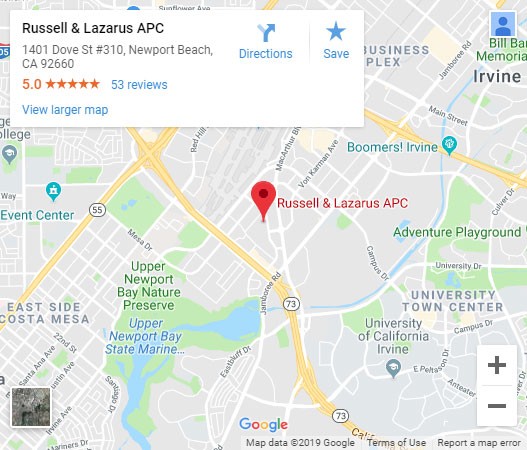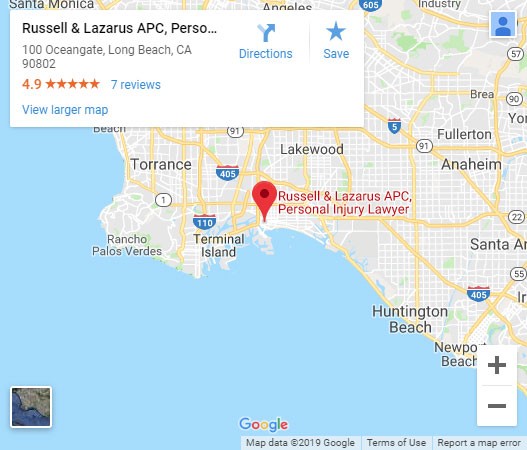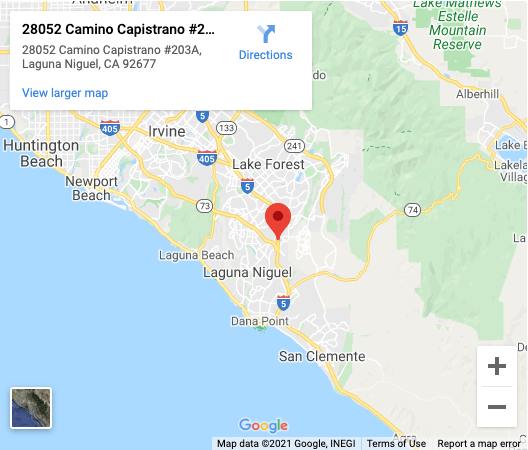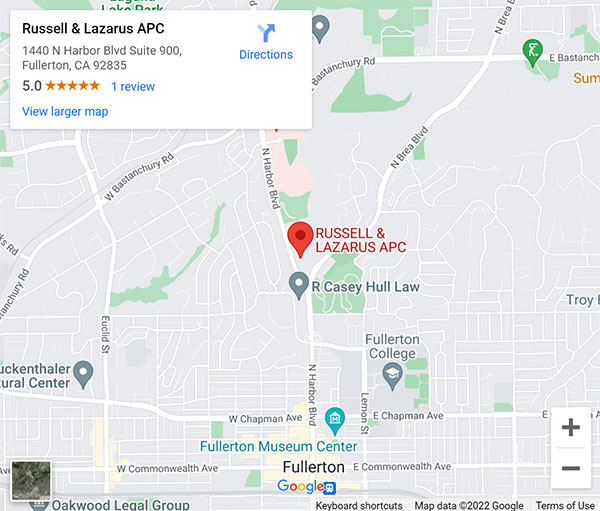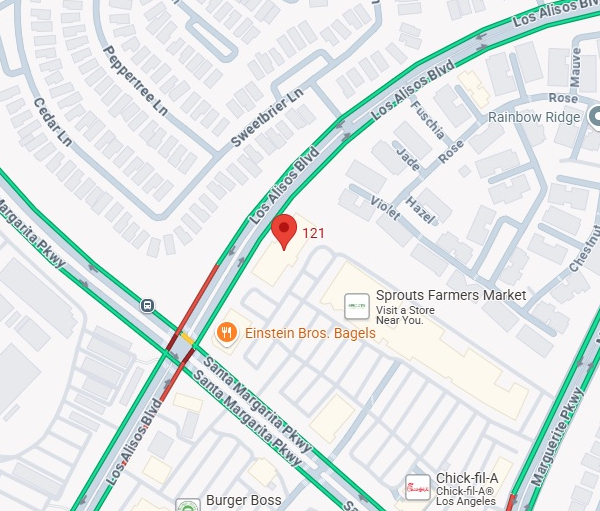Aviation Accidents
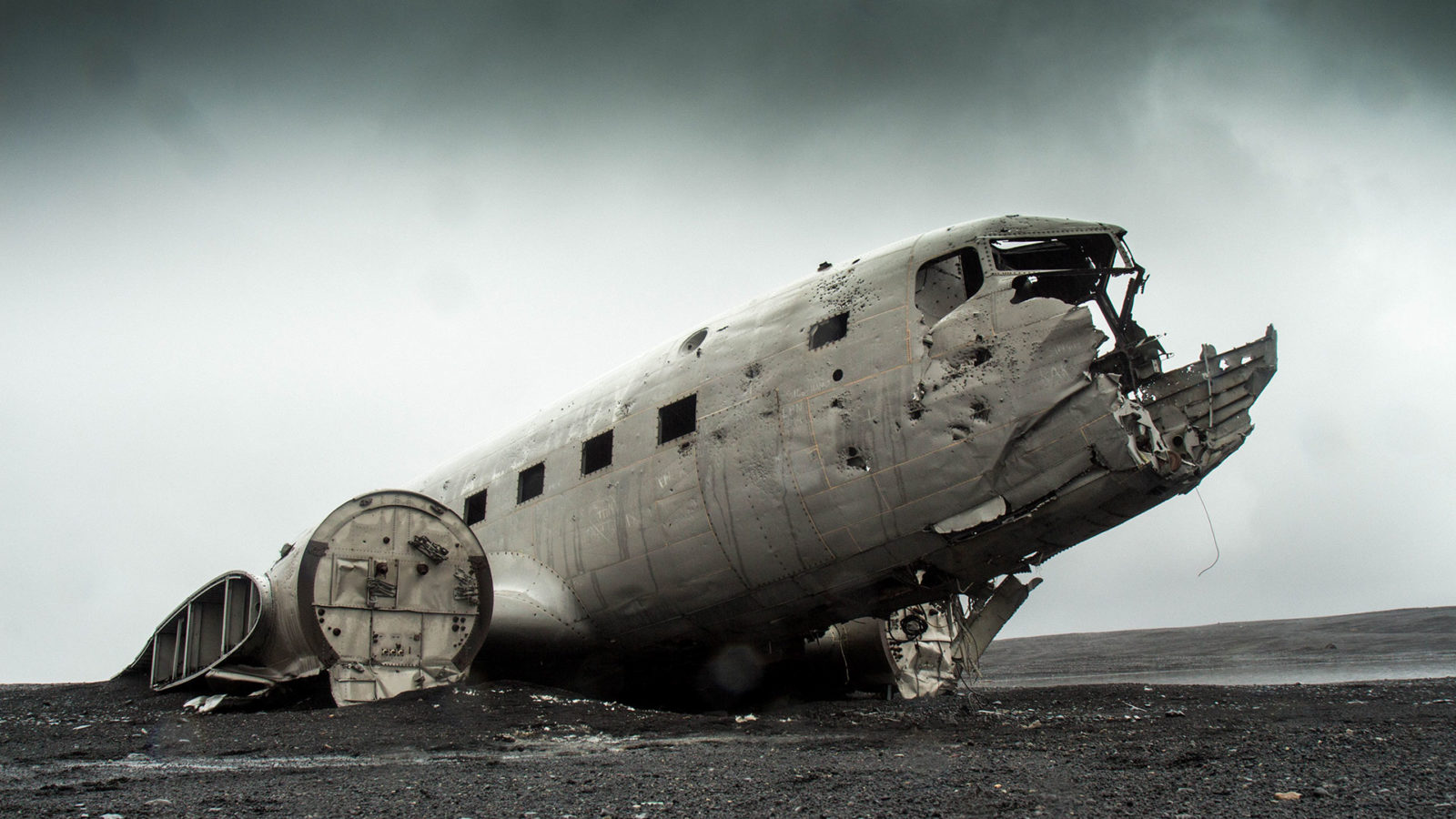
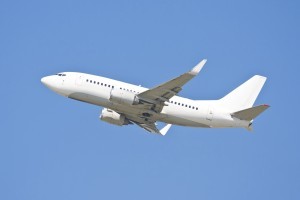
March 27, 1977 marks one of the deadliest accidents in aviation history, killing 583 people. A Newport Beach Aviation Accident Attorney remarks that a mix of organizational influences, weather conditions, miscommunication, and unsafe acts led to the collision of two Boeing 747s on the runway of Los Rodeos Airport (aka Tenerife North Airport) (LRA) on Tenerife, one of the Canary Islands.
Many aircraft were diverted to Los Rodeos Airport after a bomb exploded at Gran Canaria Airport (GCA) and there was a threat of another bomb. Among the diverted aircraft were the two Boeing 747s owned by KLM and Pan Am. At the LRA, air traffic controllers blocked the taxiway when they were forced to park airplanes on it. To complicate matters, a dense fog enveloped Tenerife, greatly reducing visibility.
When GCA reopened, the 747s were required to taxi on the only runway to reposition for takeoff. Neither the pilots of the 747s nor the air traffic controller were able to see the 747s due to the thick fog. Since the airport did not have ground radar, the air traffic controller relied upon voice reports over the radio to determine the location of both aircraft. Due to several misunderstandings, the KLM flight tried to take off while Pan Am flight was still on the runway. The collision destroyed both aircraft, killing everyone aboard KLM and 335 of the 396 people aboard Pan Am.
Investigators determined that the primary cause of the accident was the captain of KLM flight taking off without clearance from Air Traffic Control (ATC); however, investigators also determined the pilot truly believed he had clearance to take off. This is just one example of the complexities of aviation accidents and the multitude of contributing factors that could cause devastating accidents.
TYPES OF FLIGHT VEHICLES
Despite their massive publicity, aviation accidents cause fewer fatalities than any other vehicle accidents. A Newport Beach aviation accident attorney comments that it is more likely to get into a car or train accident, making traveling by air among the safest modes of transportation. However, when there is an aviation accident, the consequences are almost always catastrophic. Aviation accidents may involve the following flight vehicles:
- Small private planes
- Commercial airplanes (i.e. passenger, cargo)
- Helicopters
MOST COMMON CAUSES OF AVIATION ACCIDENTS
Pilot Error: about half of all aviation accidents are due to pilot error. Not surprising considering what pilots must do: navigate through dangerous weather, respond to mechanical issues, execute safe takeoff and landing, comprehend the different messages the equipment sends, etc. Accidents may occur when a pilot misreads the equipment, misjudges weather conditions or terrain, fails to recognize mechanical errors, is under the influence of drugs or alcohol, is not properly trained or licensed, or becomes incapacitated due to, for example, flight cabin depressurization (not enough oxygen).
Mechanical Error: Mechanical errors occur when equipment fails to work properly. Sometimes mechanical issues arise from a defect in the equipment or a design flaw. In these instances, the manufacturer of the defective equipment may be held responsible for the accident. Sometimes mechanical failures occur from outside circumstances damaging the plane. A Newport Beach aviation accident lawyer recalls when a swan struck a United Airlines flight, causing the plane’s left horizontal stabilizer to rip off.
Improper maintenance: Mechanics may be negligent in repairing flight vehicles. A Newport Beach aviation accident lawyer remembers that on May 25, 2002, China Airlines flight 611 disintegrated mid-flight between Taiwan and Hong Kong due to faulty repairs 22 years earlier.
Weather: Another cause of aviation accidents is unexpected weather conditions. Although flights are usually grounded when weather conditions are deemed too dangerous to fly, storms, heavy winds, and fog can sneak up on pilots and air traffic controllers. Lightning strikes are especially dangerous because it can cause electrical failure, ignite fuel tanks and pipes, or cause temporary blindness.
Sabotage: Accidents due to sabotage may also be the cause, although rare. This includes bombings, hijackings (9/11/2001), or being brought down by outside weapons. Most recently, on July 17, 2014, the Ukrainian officials stated it was the fault of terrorists who used a surface-to-air missile that shot down Malaysia Airlines Flight 17.
Other Human Error: Pilots rely on air traffic controllers to provide them with important flight information, but the controllers may make mistakes about weather conditions, location of other planes, or terrain. A flight vehicle may be improperly loaded, fueled, or inspected. Another is the lack of foreign language skills or use of different systems to calculate altitude and distance (metric versus nautical). For example, the Kazakh pilots’ lack of understanding of English was the primary cause of the mid-air collision between Saudi Arabian and Kazakhstan airplanes.
RESPONSIBILITY
The law regarding aviation accidents is complex and recovery depends upon a variety of factors: location of the accident (land, shoreline, over the ocean), the type of flight vehicle involved in the accident, and determination of the cause of the accident. For commercial planes, commercial airlines are responsible for the safety of their passengers, and a Newport Beach aviation accident attorney would argue they should be held accountable.
Forensic investigations become key to any aviation accident to determine whether the accident was due to pilot error, some other cause, or a combination of causes.
Contact a Newport Beach Aviation Accident Attorney
For more information, contact a Newport Beach aviation accident attorney with Russell & Lazarus APC at (949) 851-0222.
Locations
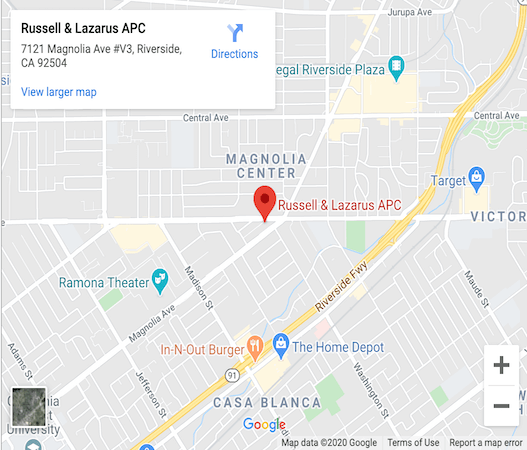
Phone: (951) 485-4000
Toll-Free: (800) 268-9228
Grandville Executive Suites
7121 Magnolia Ave., #V3
Riverside, CA 92504

